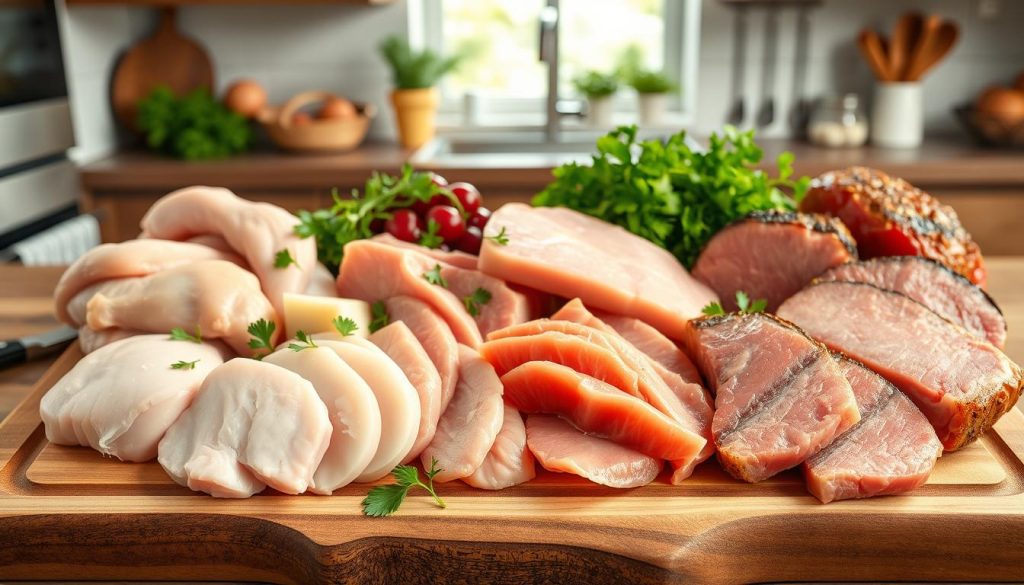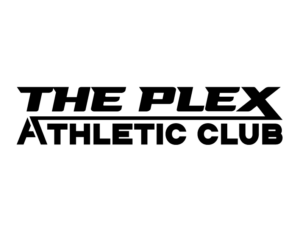Nutrition for Muscle Retention: How to Preserve What You’ve Built

At The Plex Athletic Club in San Jose, we believe that strength isn’t just about lifting heavy—it’s also about keeping and protecting the gains you’ve made. Whether you’ve just come off a bulk, you’re in a cutting phase, or you want to ensure muscle stays strong through the years, nutrition plays a central role. Below, we breakdown how to eat smart to preserve muscle while working toward your goals.
Why Muscle Retention Matters
Muscle isn’t just about aesthetics or strength—it contributes to metabolic health, mobility, injury prevention, posture, and overall quality of life. As you age, lean muscle tends to decline naturally. Also, when calories are reduced (e.g. for fat loss), if nutrition and training aren’t done right, you risk losing muscle—not what we want.
At The Plex Athletic Club, with our Olympic weightlifting equipment, abundant free weights, group fitness, and personal training, our members have access to all the tools they need. But training is only one piece. Turning that hard work into lasting gains requires thoughtful eating. Learn more about us here.
Key Nutritional Principles for Muscle Retention
- Adequate Protein Intake
Protein is the building block of muscle. To preserve muscle, aim for roughly 1.6–2.2 grams of protein per kilogram of body weight (or about 0.7–1.0 gram per pound), depending on your training intensity, age, and metabolic demands. Higher protein helps with repair and prevents muscle breakdown when calorie intake drops. - Maintain a Moderate Caloric Deficit (if losing fat)
If your goal is to lose fat, doing so too quickly often leads to more muscle loss. Aim for a moderate deficit—maybe 10–20% below maintenance—so that the weight you lose is more likely fat. Pair this with sufficient protein and resistance training. - Don’t Skip Resistance Training
Lifting weights or doing resistance‐type work signals your body to hold on to muscle. At The Plex, our members have access to Olympic weightlifting, free weights, and strength machines—all excellent. Even when focusing on cardio or conditioning, keep resistance in your routine. - Quality of Nutrients
- Protein sources: Lean meats (chicken, turkey, beef), fish, eggs, dairy (Greek yogurt, cottage cheese), legumes, tofu/tempeh, and high‐quality protein supplements if needed.
- Healthy fats: Omega-3s (salmon, walnuts, flaxseed), monounsaturated fats (olive oil, avocado), and some saturated fats (in moderation) support hormone production which is vital for muscle retention.
- Carbohydrates: Carbs help fuel training, support recovery, and replenish glycogen. Whole grains, fruits, vegetables—choose complex sources with fiber. Having some carbs around workouts helps performance and muscle sparing.
- Timely Feeding & Meal Frequency
While total daily protein and calories are most important, timing your meals to support workouts (pre‐workout fuel, post‐workout recovery) can help optimize muscle retention. Spreading protein intake throughout the day (for example, 3-5 meals or protein feedings) ensures consistent amino acid availability. - Hydration & Micronutrients
Hydration supports recovery, joint health, performance. Don’t forget vitamins, minerals, antioxidants; deficiencies in, say, vitamin D, iron, magnesium, etc., can hamper recovery or reduce muscle protein synthesis.
Practical Tips: Putting It All Together at The Plex
- Start with a “Meet the Trainer” session. As part of your membership, The Plex provides a Meet the Trainer appointment so you begin with personalized guidance. Use this to align your nutrition plan with your training goals. Learn more here.
- Track protein first. Before worrying about perfect calorie counting, make sure your protein target is being met. It’s the foundation.
- Use facilities you already have. With Olympic weightlifting platforms, free-weight zones, and strength machines at your disposal, schedule resistance training at least 2-4 times weekly depending on experience.
- Make nutrition part of your wellness regimen. The Plex offers workshops and wellness resources—see if there are nutrition seminars, cooking/diet workshops, or staff you can consult.
- Recovery matters. Use group fitness, mobility/stretching, and recovery options in the luxury locker rooms to help recovery. Sufficient rest, sleep, stress management are all parts of preserving muscle.
Common Pitfalls & How to Avoid Them
| Pitfall | Consequence | How to Avoid |
|---|---|---|
| Too large of a calorie drop | Rapid muscle loss, low energy, plateaus | Use moderate deficit, track progress, adjust gradually |
| Too little protein | Reduced muscle synthesis, more breakdown | Prioritize protein in every meal, consider supplements if needed |
| Overdoing cardio without resistance | Lean mass loss | Balance cardio with resistance sessions; avoid too much steady-state cardio without strength work |
| Inconsistency in training or eating | Lost gains, frustrated goals | Set regular schedule, plan meals ahead, use accountability (trainer, group classes) |
Final Thoughts
Maintaining the muscle you’ve worked so hard to build is as much about what you eat and how you recover as it is about how much you lift. At The Plex Athletic Club, we’re here to support you with the tools, expertise, and community you need—whether your goal is to maintain mass, preserve strength, or lean out while keeping what matters.
Nutrition is not a quick fix—it’s a lifestyle. One that rewards consistency, patience, and smart strategy. Let your meals and training work in harmony, and your muscle will stay strong for the long haul.

